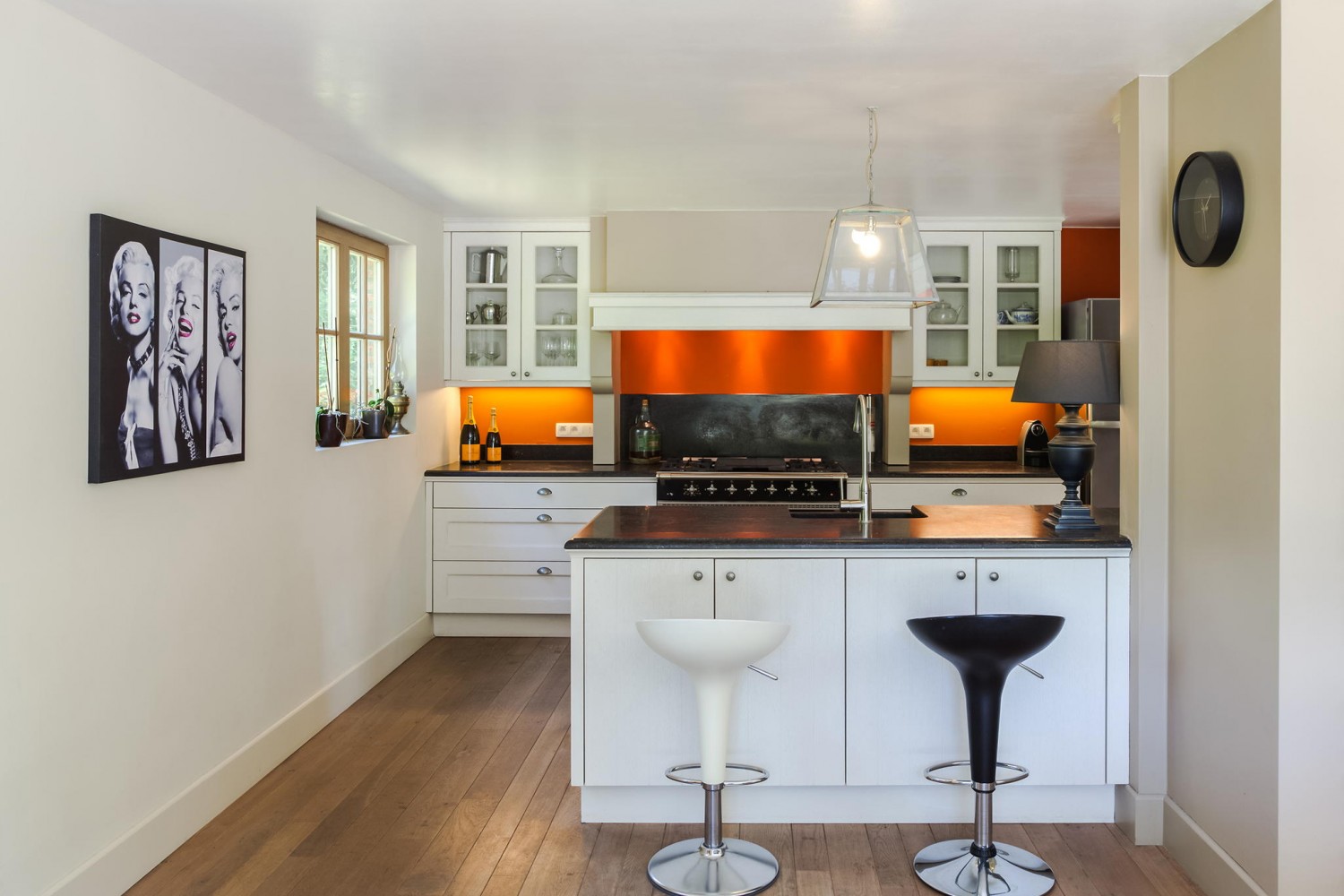Delve Into The Intriguing Odyssey Of Refurbishing Historical Cabinets, Uncovering Surprise Narratives And Translating The Secrets Of Previous Generations
Delve Into The Intriguing Odyssey Of Refurbishing Historical Cabinets, Uncovering Surprise Narratives And Translating The Secrets Of Previous Generations
Blog Article
Produced By-Burke Donnelly
To start the journey of restoring antique cabinets, you require a keen eye for detail. Picture discovering covert keys within each layer of history embedded in the wood. Picture the contentment of revitalizing a once-forgotten piece to its former splendor. Every step of this thorough procedure holds the vital to protecting the past while creating a future antique. So, are you all set to start this transformative venture and unlock the capacity of your antique closets?
Assessing the Closet's Problem
When beginning the remediation process, begin by evaluating the problem of the antique closet. Carefully analyze the overall structure for any type of indications of damages such as splits, chips, or loose joints. Examine the wood for any type of rot, warping, or insect problem that may have happened over time. It's important to identify the level of the repair required prior to proceeding further.
Next off, inspect simply click the up coming document as joints, handles, and locks. Make note of any kind of missing out on pieces or parts that require fixing or substitute. Make sure that all hardware is working appropriately and firmly affixed to the cabinet.
Additionally, review the cupboard's finish. Seek any kind of scrapes, stains, or staining that might affect the aesthetic appeal. Determine if the surface requires to be stripped and reapplied or if a simple touch-up will certainly be sufficient.
Gathering the Essential Devices and Products
After assessing the problem of the antique closet, the next action is to gather the necessary tools and materials for the restoration procedure. Before you begin, ensure you have the complying with things on hand:
- wood cleaner
- sandpaper in various grits
- wood filler
- paint or timber tarnish
- brushes
- handwear covers
- safety goggles
- a dirt mask
- a drop cloth
- a putty blade
- a hammer
- a screwdriver
- a vacuum cleaner
These tools and materials are important for an effective remediation.
Timber cleaner is critical for eliminating years of dust and gunk buildup, preparing the surface area for sanding. Sandpaper of various grits assists in smoothing out flaws and preparing the wood for a brand-new surface. Wood filler comes in handy for repairing any splits, holes, or dents existing in the closet.
Repaint or timber stain, along with brushes, enable you to personalize the cupboard to your choice. Keep in mind to use gloves, safety goggles, and a dust mask for security. Set a ground cloth to protect your workplace, and make use of a vacuum to tidy up any type of particles.
With these tools and materials gathered, you're ready to start the reconstruction process.
Carrying Out the Reconstruction Refine
To effectively carry out the remediation process on your antique cupboard, begin by completely cleaning the surface area with the timber cleaner. This step is critical as it assists eliminate years of dirt, crud, and old polish that might have collected externally.
Once the cupboard is clean and dry, examine the problem of the wood. Search for any fractures, scrapes, or other problems that require to be dealt with. Use wood filler to repair any kind of blemishes, making certain to match the filler shade to the timber tone for a smooth coating.
After the repair work have dried, delicately sand the whole surface area to develop a smooth and even base for the new finish. Beware not to sand as well aggressively, as you don't wish to damage the timber underneath.
When bathroom and kitchen renovations is full, apply a timber stain or finish of your selection, adhering to the supplier's directions. Enable the coating to dry completely before applying a safety top layer to make sure the longevity of your recovered antique cabinet.
Conclusion
Now that you have actually finished the restoration process, your antique closet looks comparable to new.
By complying with the detailed guide, you were able to examine, repair, and improve its problem effortlessly.
With a fresh coating and safety leading layer, your valued piece will certainly remain to shine for years to come.
Enjoy the elegance of your restored antique cabinet!
